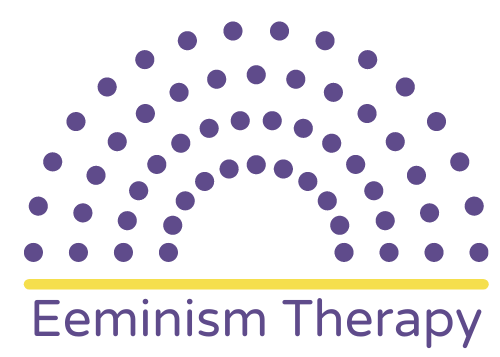Safe & Sound Protocol Technology
Informed by the Polyvagal Theory, the Safe & Sound Protocol (SSP) was developed and patented by Dr. Stephen W. Porges.
It is a non-invasive intervention that uses the auditory system as a portal to the vagus complex. It involves listening to 5 hours of specially filtered, prosodic vocal music music that has been processed specifically to retune the neural network to introduce a sense of safety and the ability to socially engage. Use of the SSP can accelerate and enhance therapy.
Watch a video about the SSP:
Eeminism Therapy has a unique approach to SSP delivery that you can learn about here:
Who is likely to benefit from increased nervous system fitness?
The SSP is a research-based therapy showing significant results in many areas. The SSP is not a cure for any underlying disorder or diagnosis. Rather, it can affect some of the associated symptoms to improve one’s life experience because it works with the nervous system, specifically the vagus nerve. It supports a physiological state conducive to well-being, positive and connected engagement, and therefore improvements may be seen a broad range of symptoms including:
- Anxiety
- Attachment disorders
- Auditory sensitivity
- Behavioral regulation
- Challenges with emotional intimacy
- Communication challenges
- Difficulty with focus, learning, cognition or attention
- Emotional control difficulties
- Feeling “stuck”
- Feeling lack of connection
- Flat emotional state
- Mood regulation including depression
- Nervous system dysregulation
- Overwhelm
- Overwhelming strong emotions
- Physical coordination and balance
- PTSD
- Reading and auditory processing
- Resilience
- Sensory processing difficulities
- Sleep disturbances
- Social anxiety
- Stress related mental health conditions
- Stress related physical conditions
- Trauma-related symptoms including childhood trauma and complex trauma
Learn about the Polyvagal Theory
The Polyvagal Theory, first published by Dr. Stephen W. Porges in the journal of Psychophysiology in 1995 and gained increased interest around 10 years later as a neural foundation for mind-body medicine as it led to insights for treating stress, trauma and chronic mental and physical health challenges.
The theory describes how evolution has shaped our nervous systems to include a connection between nerves that control the heart and face, the structures that support our “social engagement system.” It explains how autonomic regulation of our physiological state related to our ability for connectedness and intimacy. It also explains the workings of our defense including our fight/flight response, hypervigilance, and also our collapse, shutdown or dissociation responses.
The Polyvagal Theory has brought a scientific lens to our understanding of the link between mental and physical illnesses and how our sense of well-being may have roots in our nervous system.
A great video by Dr. Steven Porge’s son, Seth Porges
The Polyvagal Theory: The New Science of Safety and Trauma
Summary of the Polyvagal Theory by the author of the Polyvagal Theory, Dr. Steven Porges
